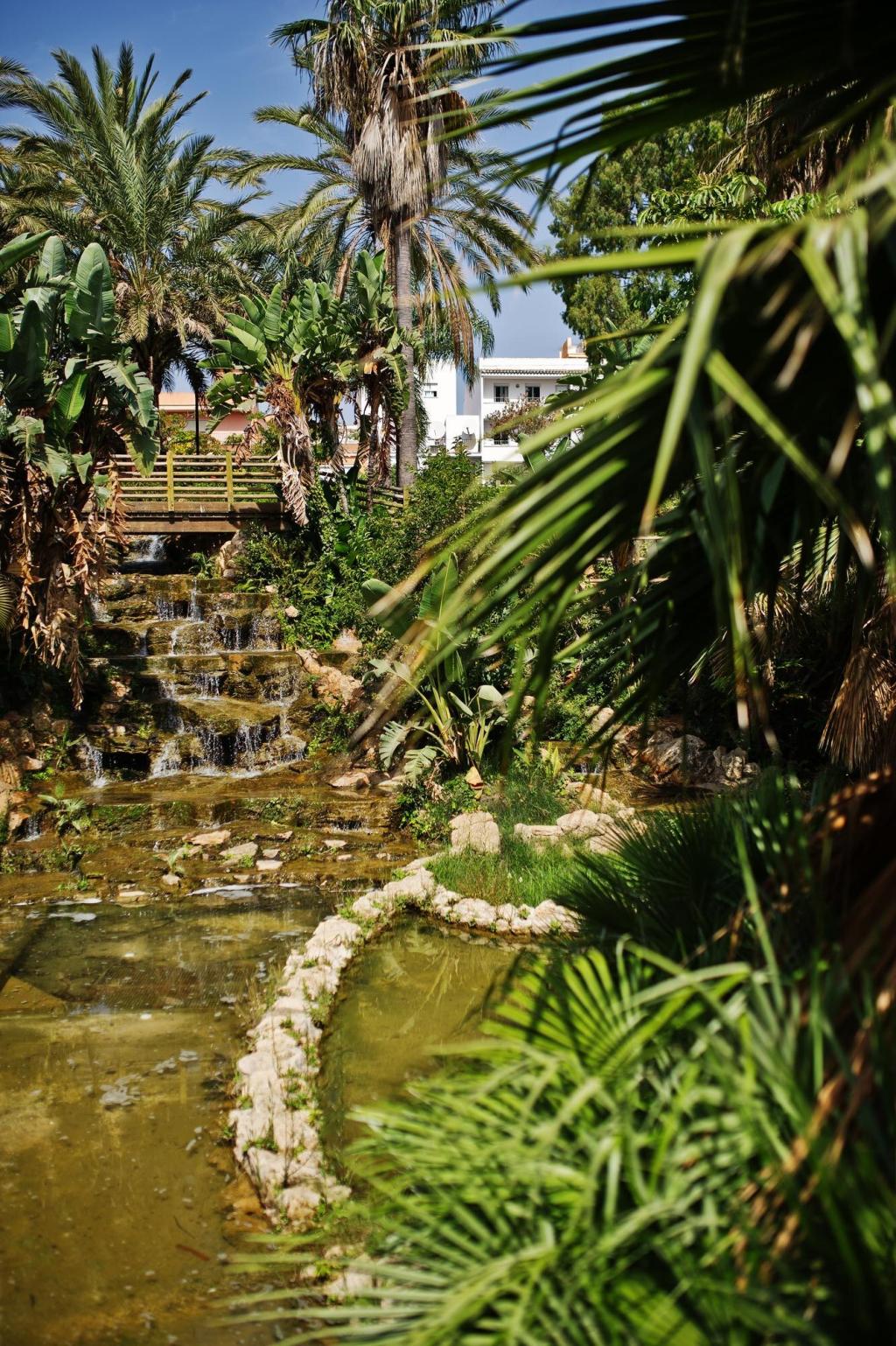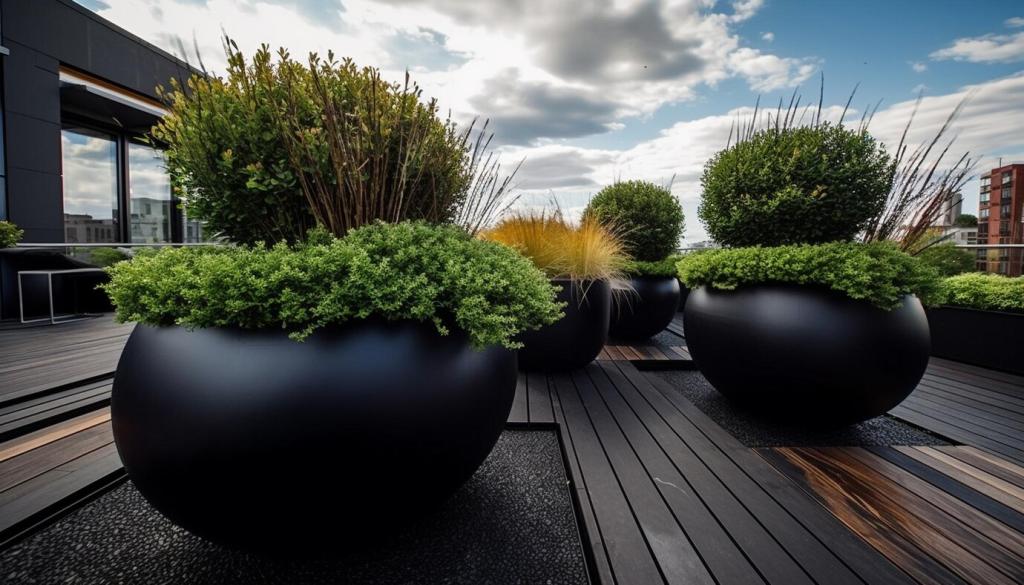Designing for Efficiency and Conservation
Group plants with similar thirst together—ferns, mosses, and tropicals love frequent pulses, while succulents and herbs prefer longer drybacks. Separate manifolds let you tune schedules precisely. Post your plant list, and we’ll suggest a zoning map that matches their moisture personalities.
Designing for Efficiency and Conservation
Recirculating systems save water by returning runoff to a reservoir, ideal for larger installations. They require filtration, aeration, and periodic sanitation to prevent biofilm. Drain-to-waste simplifies maintenance but uses more water. Which approach fits your space, and how do you handle nutrient drift?





